A day in Stockholm with Acne Studios founder Jonny Johansson
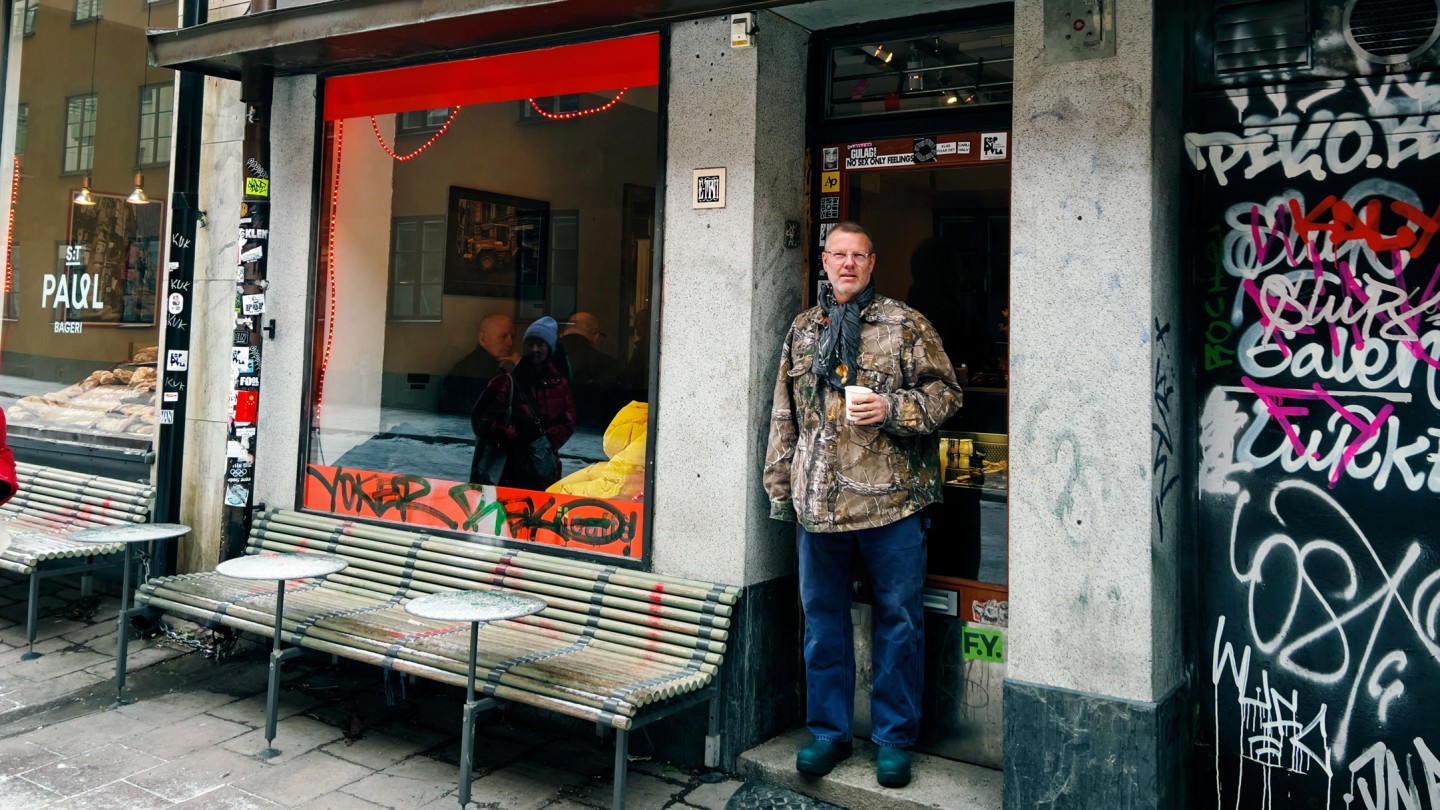
Roula Khalaf, Editor of the FT, selects her favourite stories in this weekly newsletter.
My family is from Stockholm but I passed my formative years in Umeå, further north. I was unhappy there; I wasn’t into hunting and there was no pop culture or good music. I left for Stockholm when I joined a band and we won a competition. Even then I was improvising with vintage clothes worn in new ways, mixing luxury and streetwear.
Stockholm is more European than the north of Sweden. It’s where I can be myself. Some places, like Paris, are so intense, so unreal that I always feel not good enough. Then I come home and remember what’s important. The city is bright and calm, the water always there, reflecting light even on dull days.
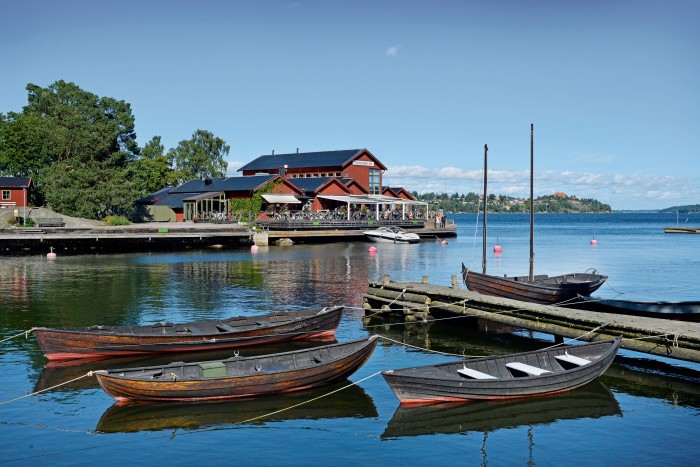
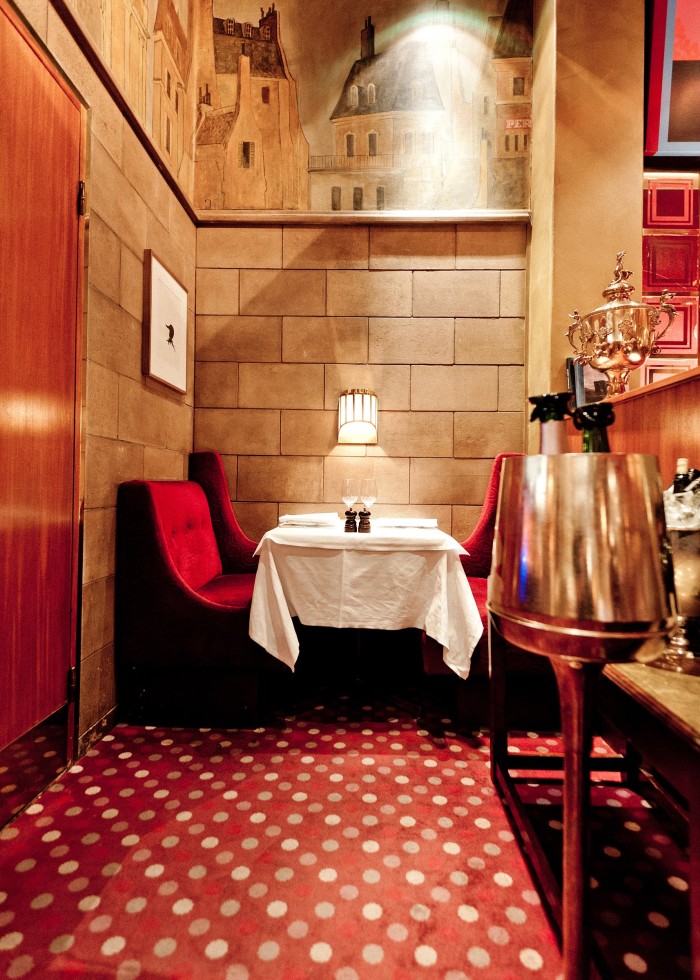
In the morning, if I’m not playing tennis, I head for Ilcaffè near my home in Nacka. It’s convenient because it has good coffee, a bakery and flowers all in one place – I like the different scents that combination creates. I’m not sure the owner warmed to me at first. But I kept going back and now I think he quite likes me. It must be the same for everyone because it’s an interesting crowd, with a real positive-negative vibe. The cinnamon rolls are pretty good.
Stockholm has an interesting retail subculture, like the Stockholm Surfboard Club, where I have some of my surfboards made. I surf a lot in Biarritz, where I have a house – but in Stockholm we have to wait for wind in the Baltic to create decent waves. When the forecast hits 9m per second, I just go. The surfer look is part of Swedish summer culture and this tiny store has all the kit and the music. I also love SNS Stockholm, founded by two guys who were sneakerheads long before rare models at unfeasible prices were a thing. They only have one, coolly industrial, store in the city but they do collaborations with brands like Adidas, though I stick to my New Balance favourites. And I admire Ettresex, run by two young guys who have an incredible eye for vintage and are absolutely on top of what’s next. It’s full of cleverly chosen objects and old 1990s stuff that kids don’t even know they want yet.
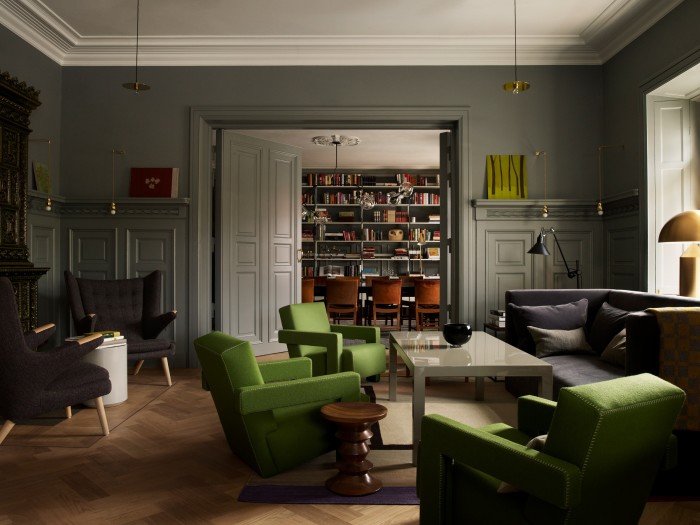
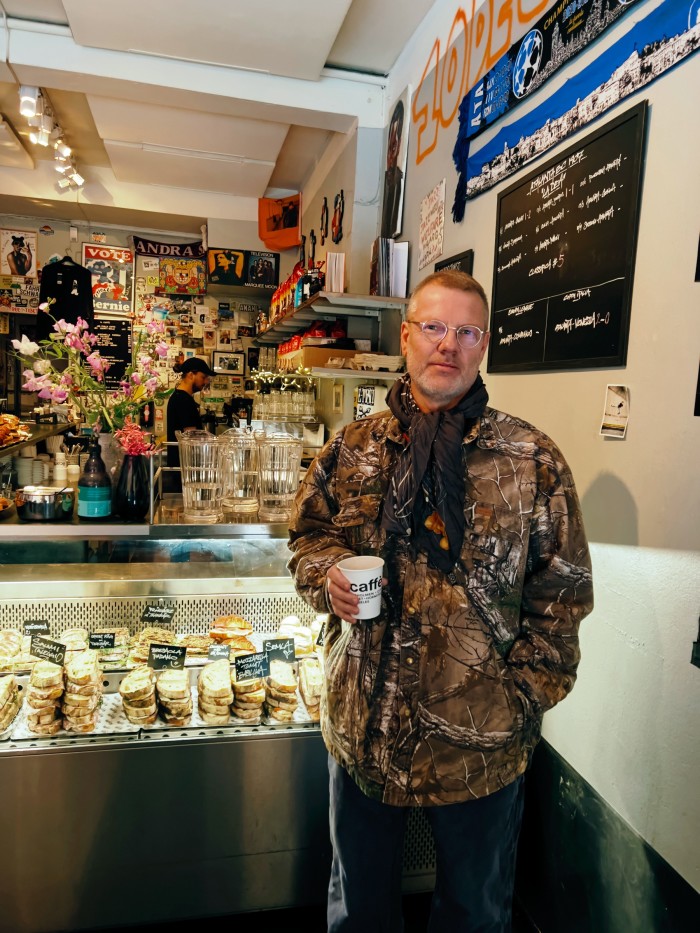
My two favourite restaurants have very different atmospheres. I take stylish people to Café Nizza and then find they’ve gone back alone. It has a modern, tongue-in-cheek mood and a small-plates menu, including a perfect, simple pasta dish with pecorino and pepper. One of the owners is half-French and has links in the Rhône Valley, so there’s a tremendous wine list. The other place, Pelikan, is very different. It’s in an old working-class area and it’s big, open and high-ceilinged, great for a slightly rowdy birthday dinner. The food is traditional; I tend to go for kroppkakor, a potato dumpling the size of a tennis ball with smoked pork, pepper, butter and allspice inside, served with lingonberry jam – a Swedish secret.
I also have to mention Teatergrillen, my upmarket hideaway. It’s right near the historic Royal Dramatic Theatre but you have to know it’s there. It’s all smart tablecloths and silver platters, and mixes an arts-world crowd with business types – good for people-spotting. The food is classic – I love the kalix löjrom roe from the north, with red onion, sour cream and dill, or fresh shrimps with mayonnaise. Afterwards you could go to Riche, aka the “divorce bar” – a pick-up spot for lost people.
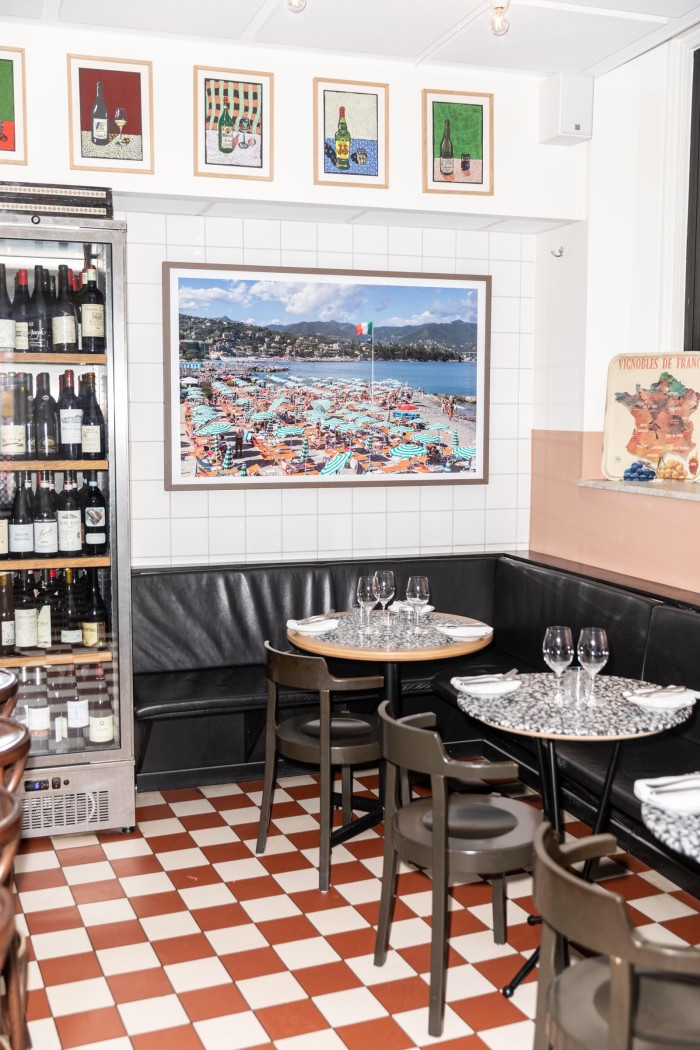
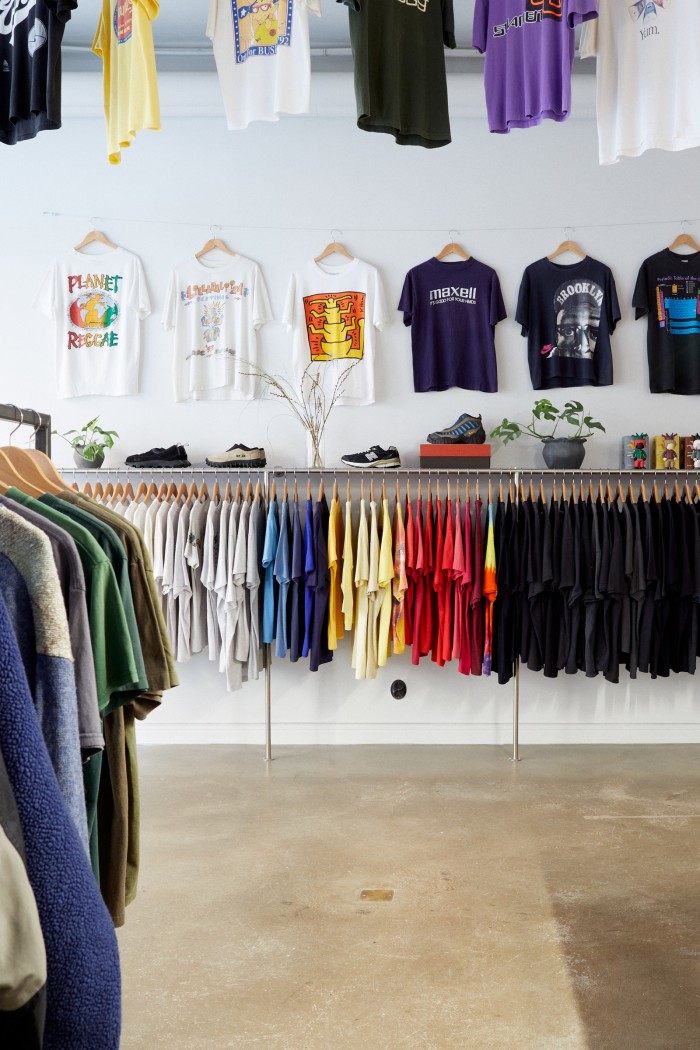
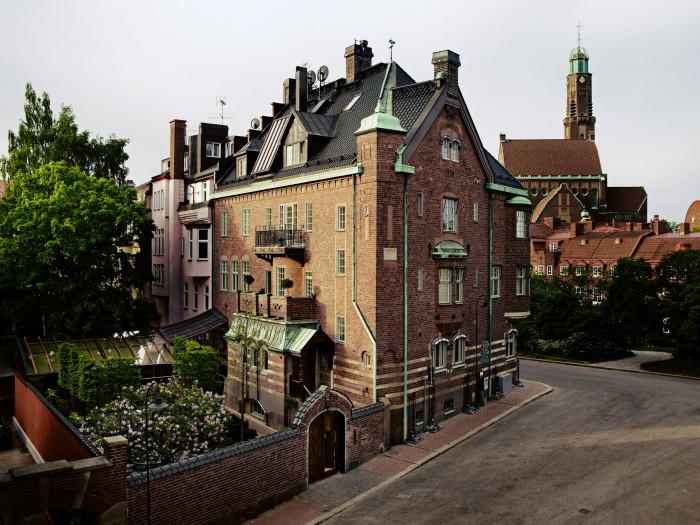
I send visitors to stay at Ett Hem, a beautiful Arts and Crafts building decorated by British designer Ilse Crawford in the Swedish Grace style, a refined 1920s look that draws on neo-classicism and art deco. The hotel’s name means “a home” and it feels like that – informal and relaxed. There’s a pretty courtyard garden and a great spa, and they cook delicious food to order, eaten around the kitchen table or in the library for an occasion.
If you visit one sight, make it the Moderna Museet, which has the best Swedish paintings and is where I discovered Hilma af Klint, who showed that Swedish design doesn’t have to be all monochrome neutrals. She loved colour, as I do, but forbade her work from exhibition until 20 years after her death because she thought people weren’t ready for it. The museum also has a brilliant bookshop.
And when I want to escape the city, the Fjäderholmarna islands are my favourite part of the Stockholm Archipelago. You can get there in less than half an hour by boat, go for a stroll in the woods and visit open artists’ studios, followed by a seafood lunch on a big terrace overlooking the water – the most atmospheric restaurant is probably Fjäderholmarnas Krog. It’s a taste of how we Stockholmers like to spend summer.
Comments